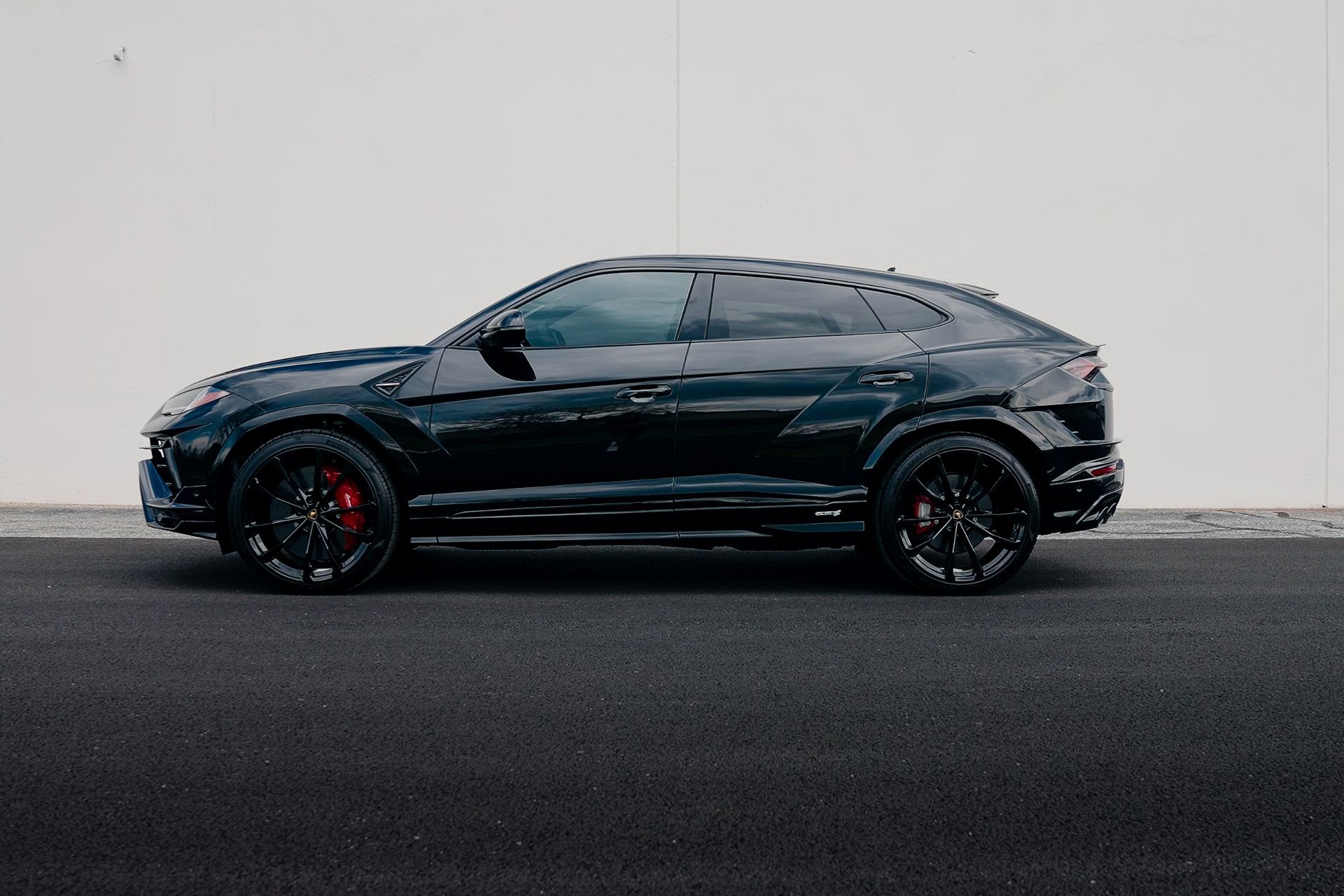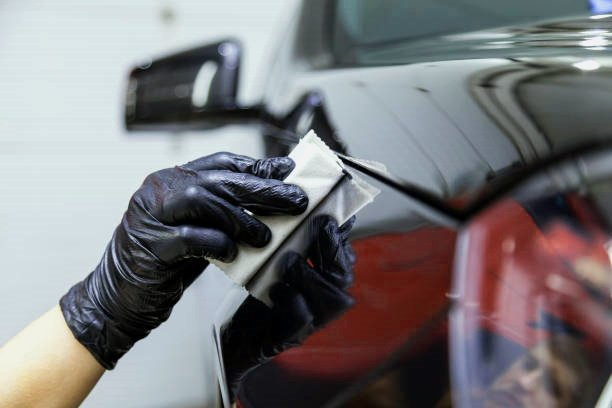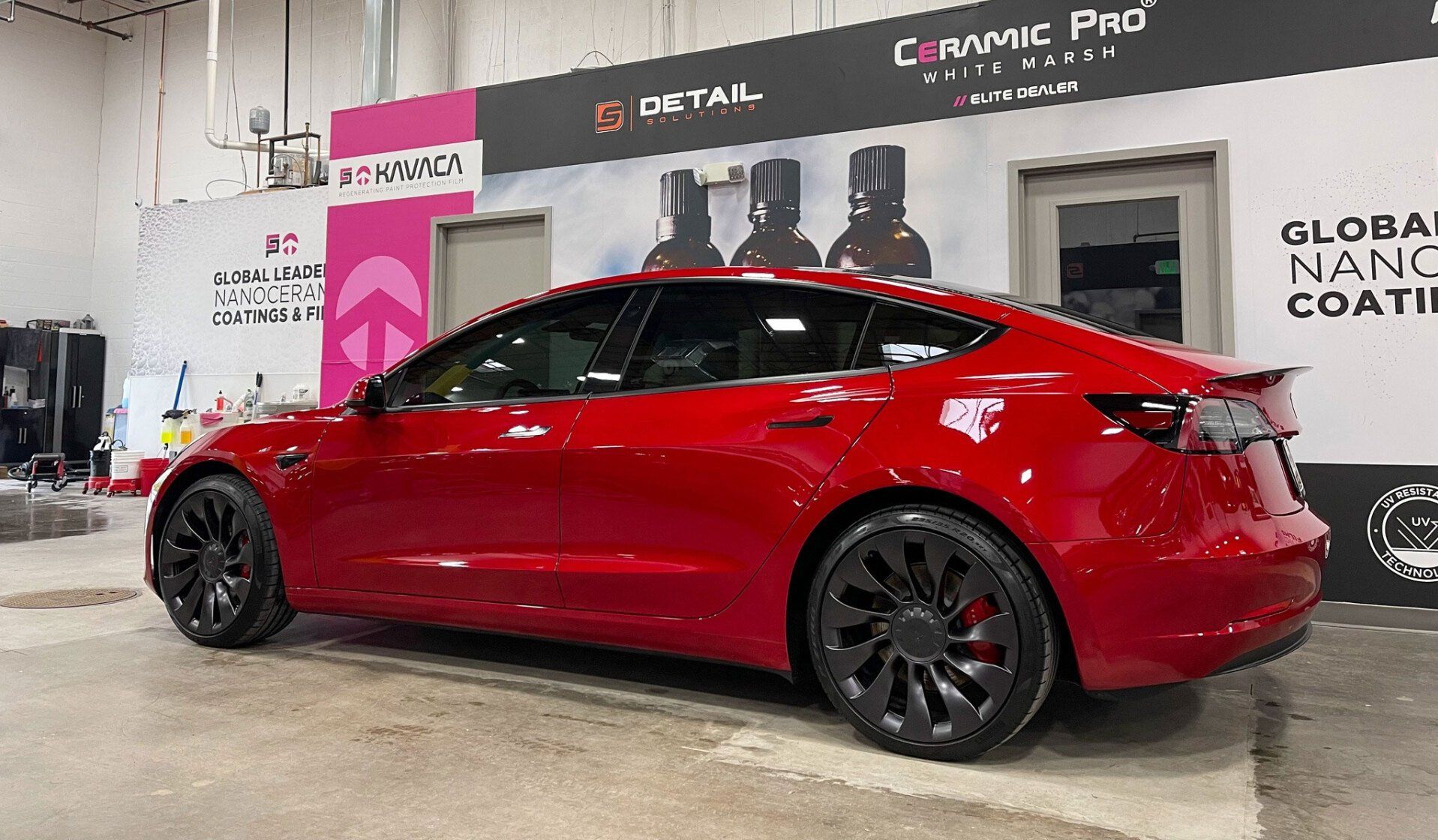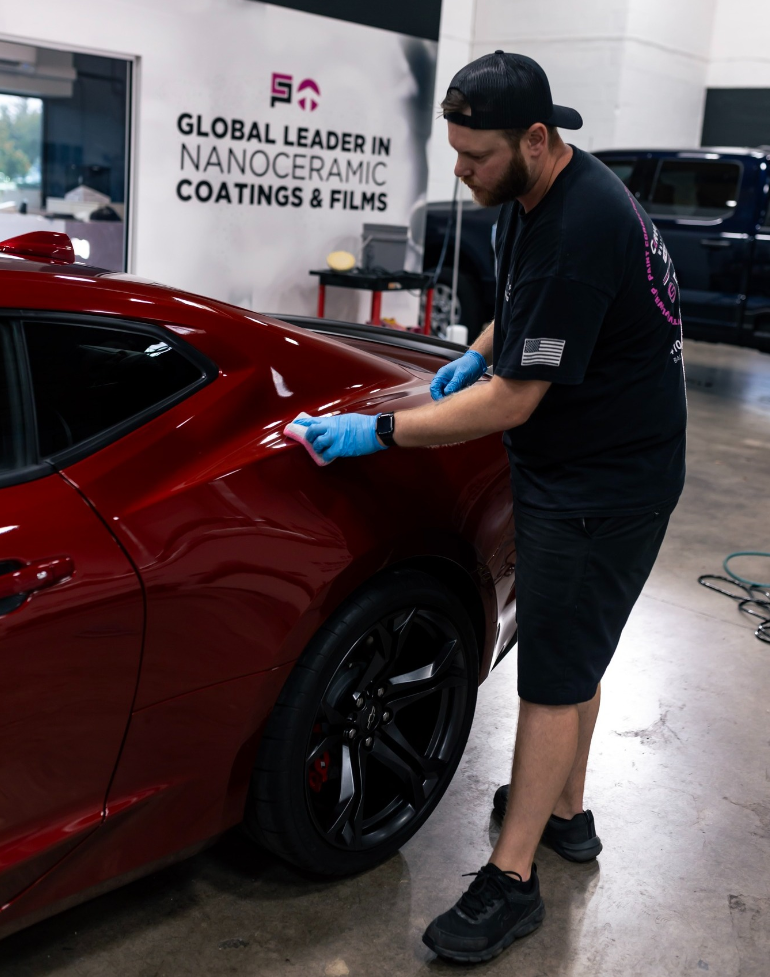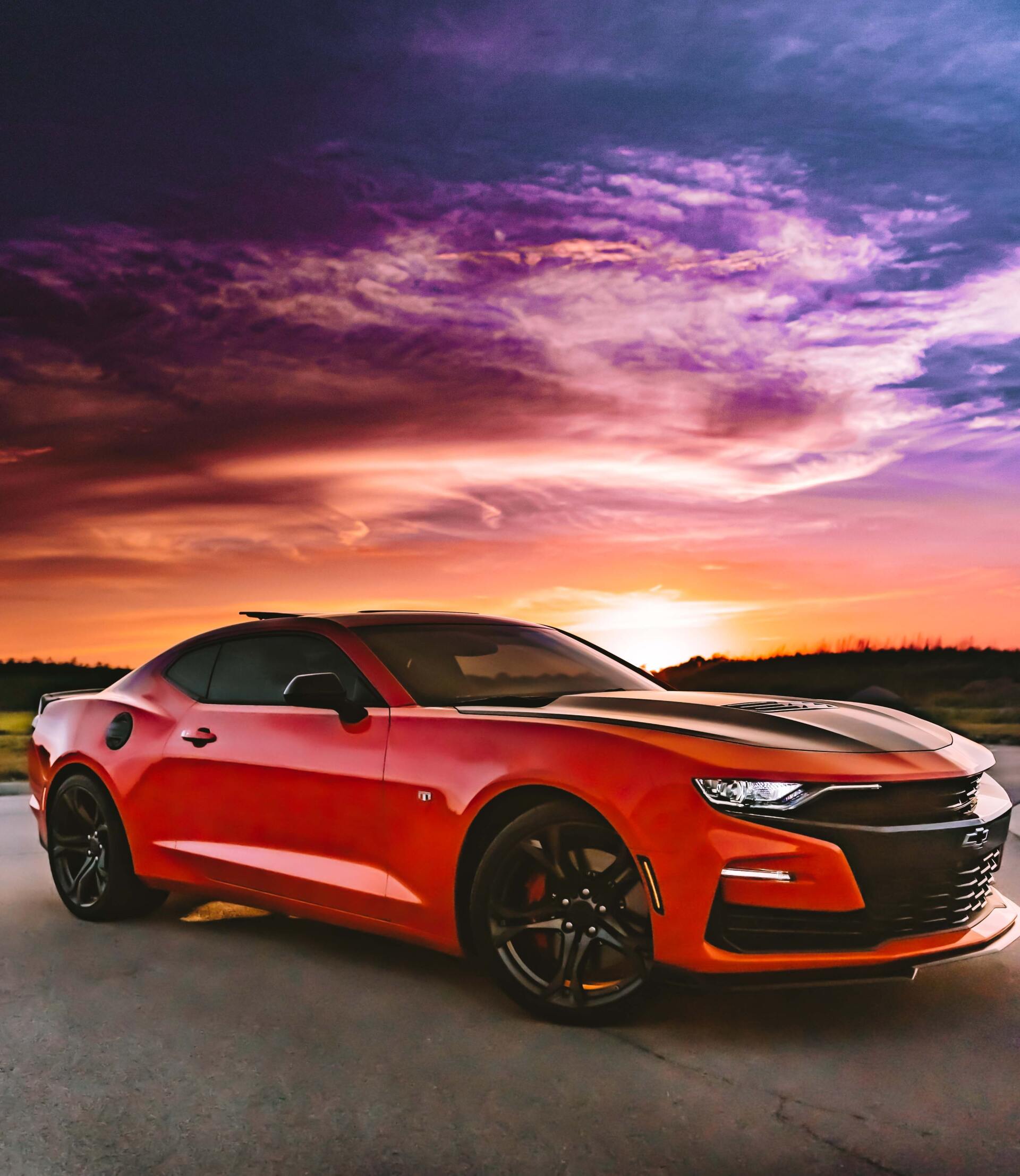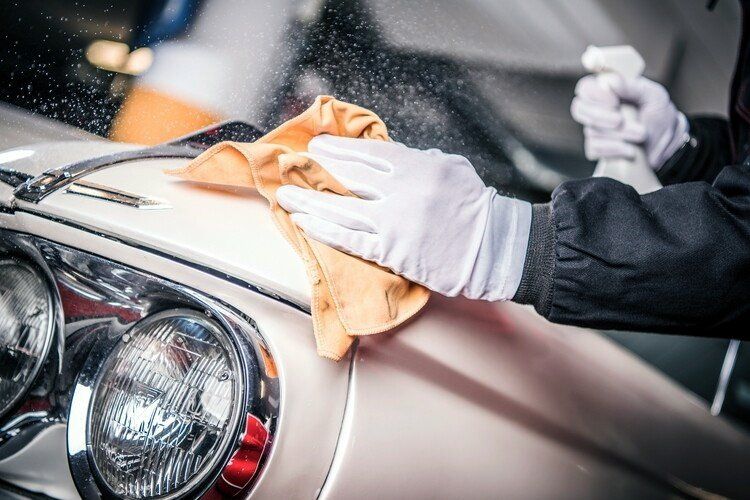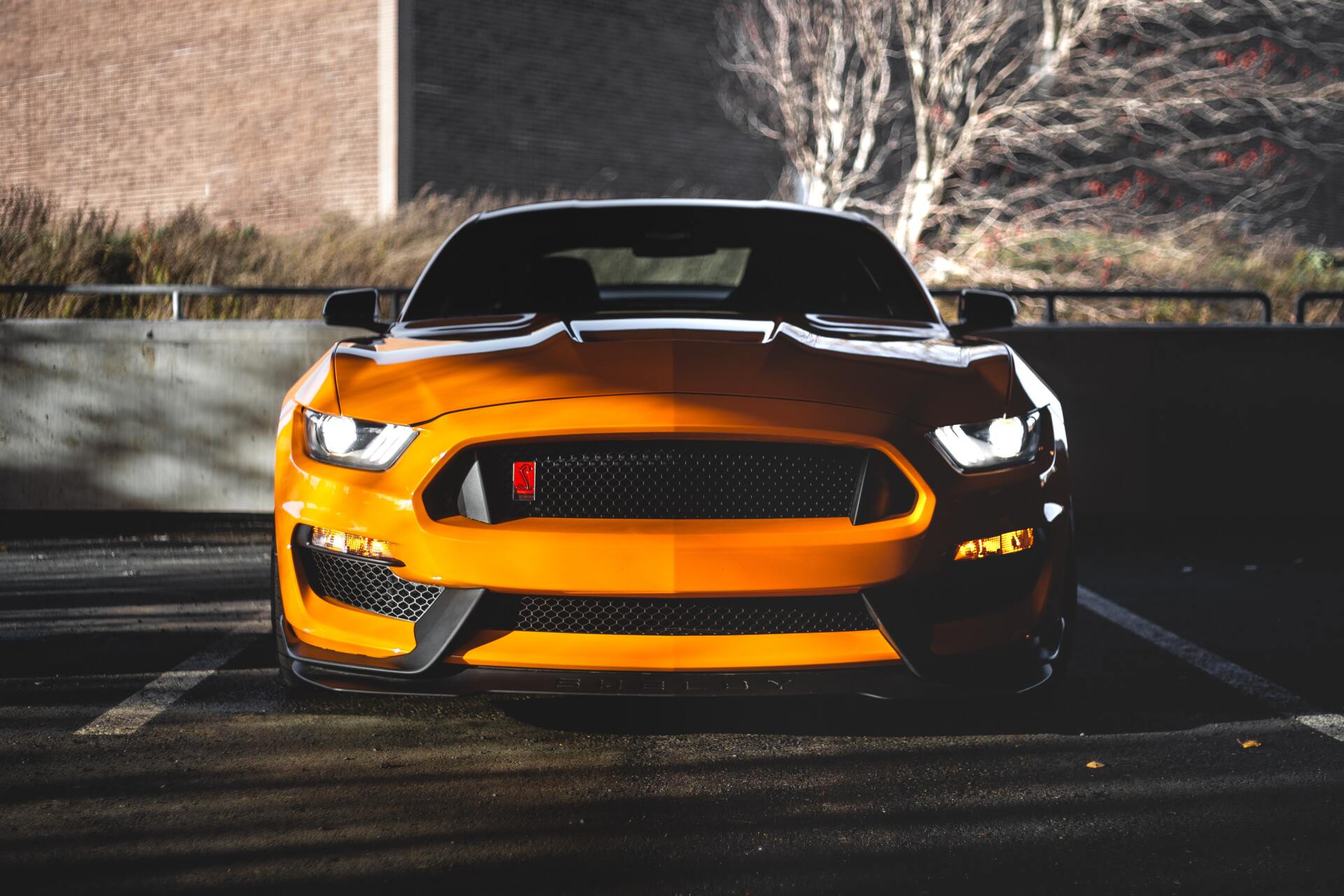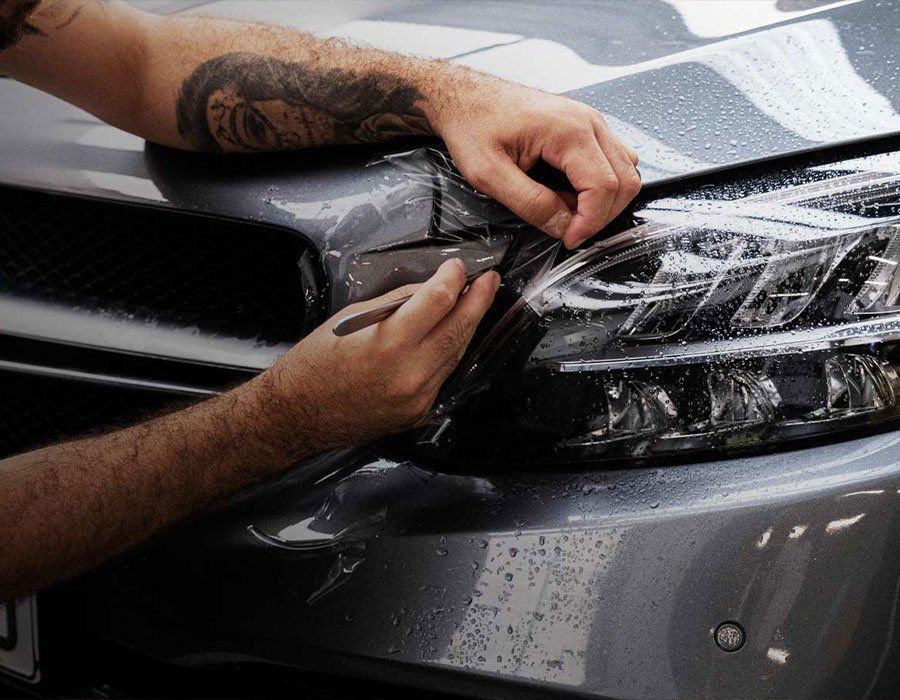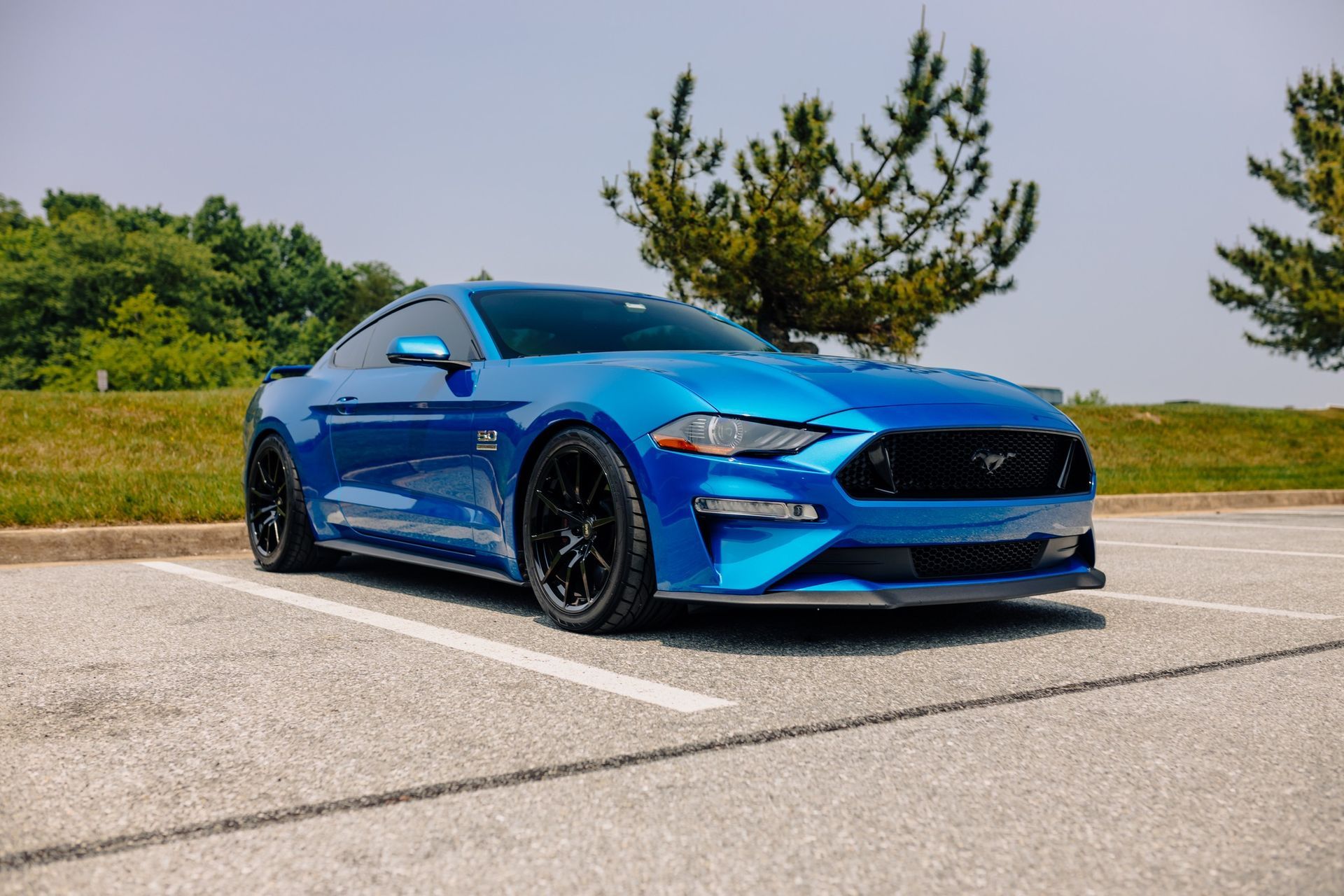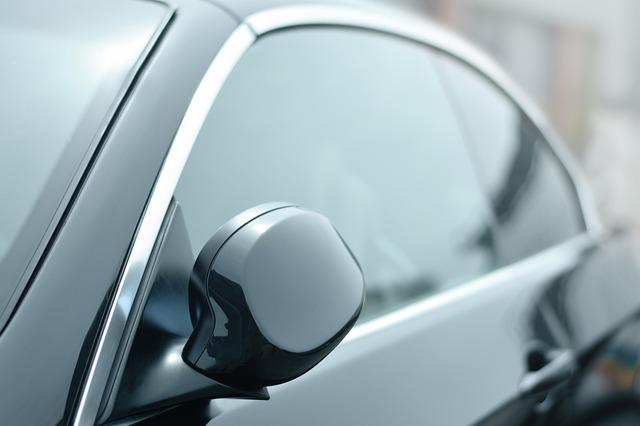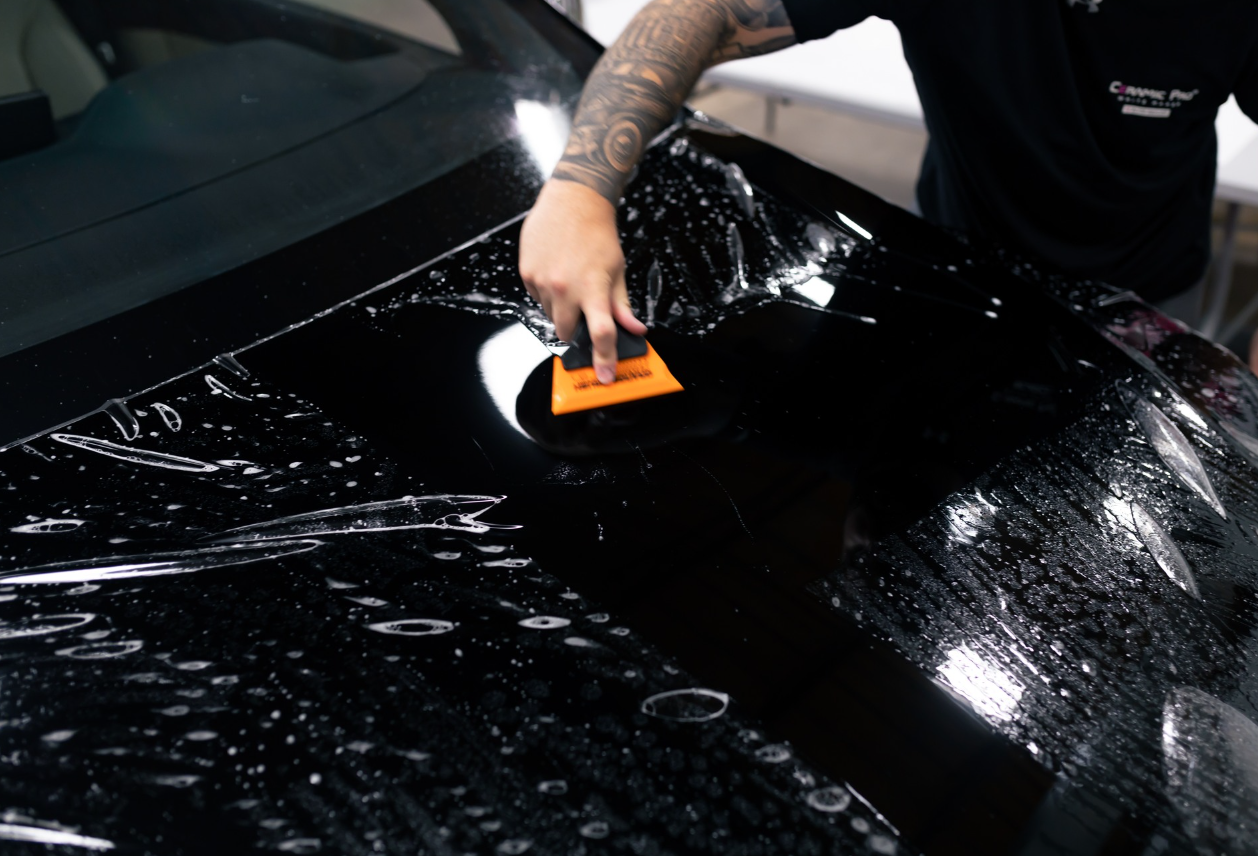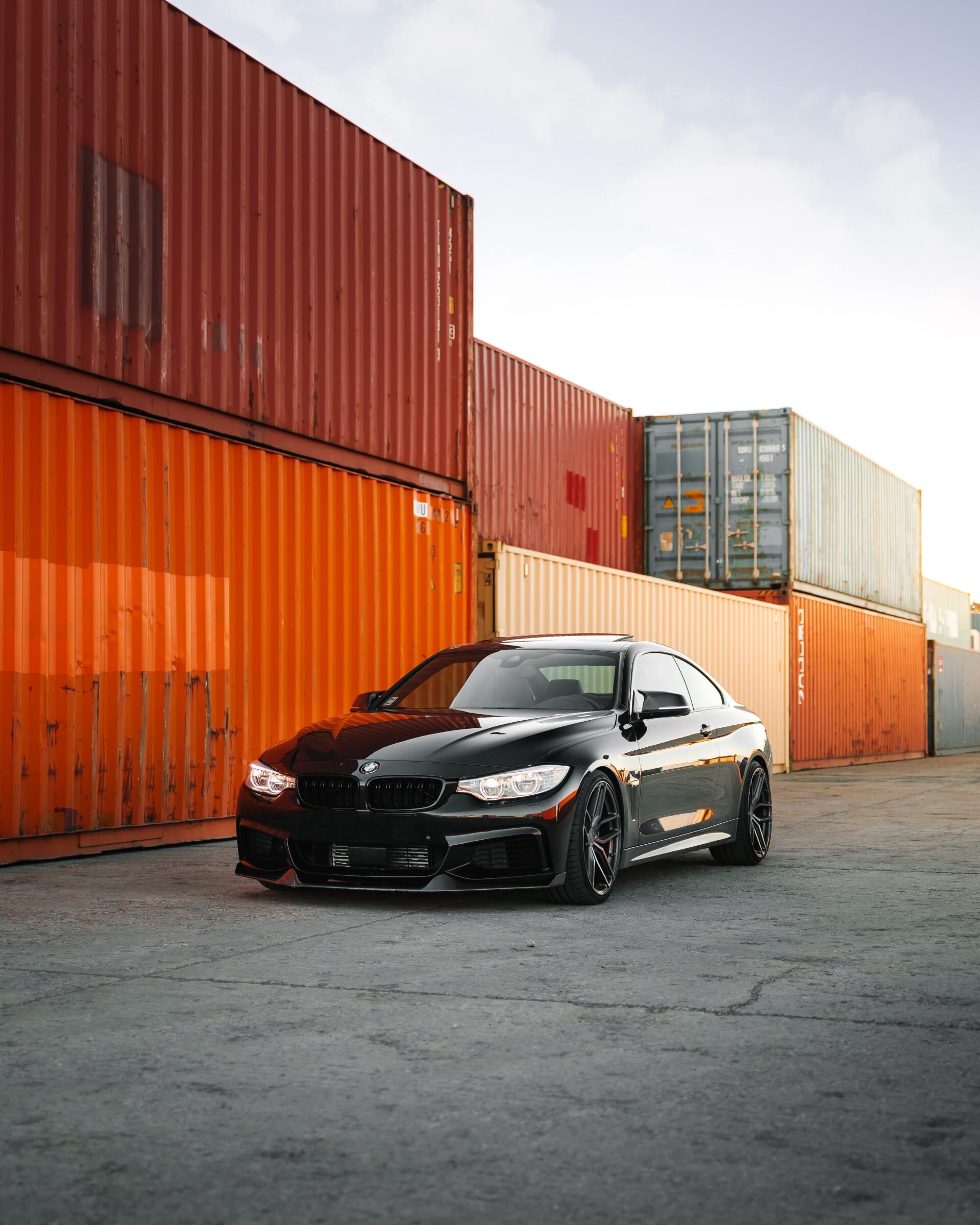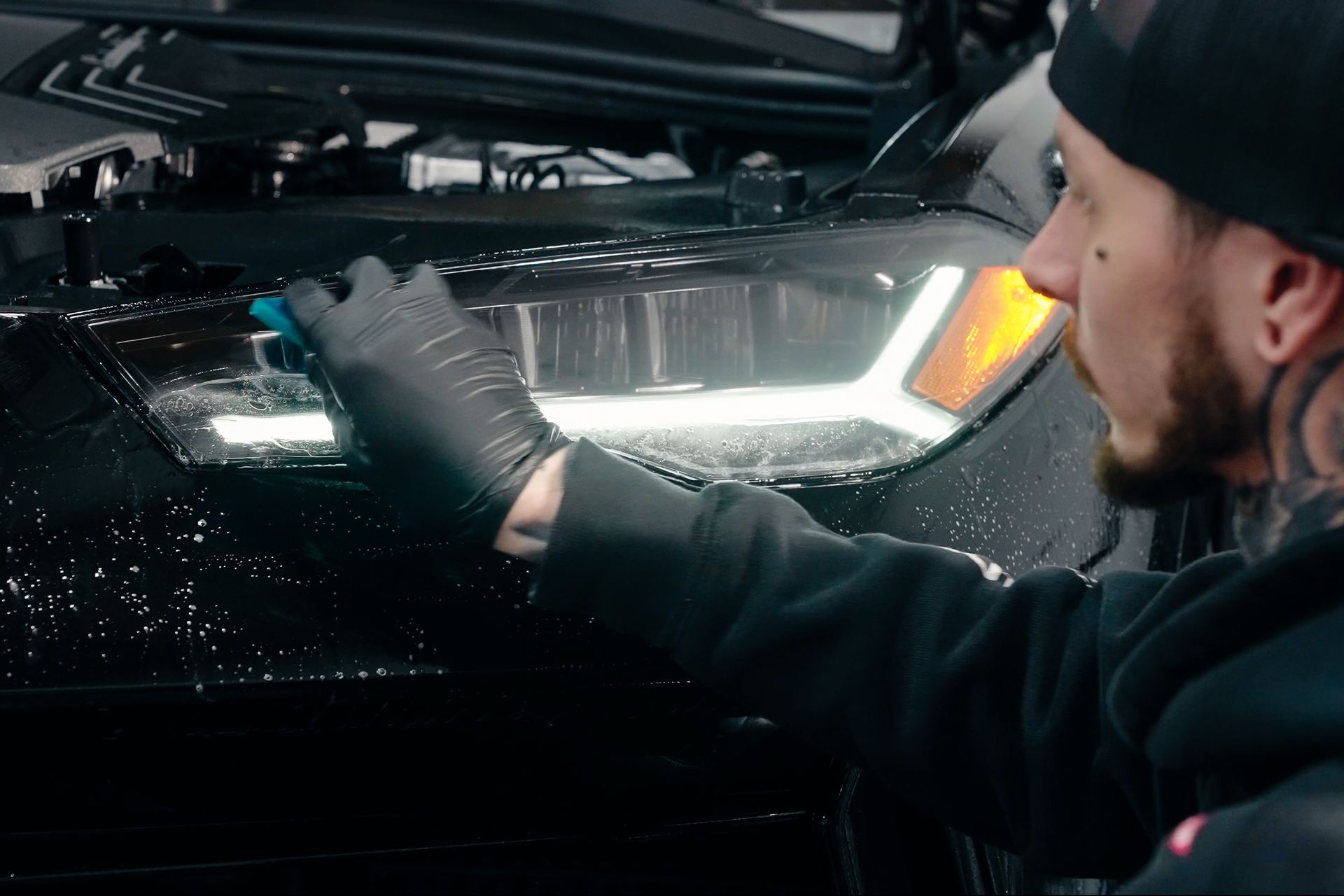How to Maximize the Life of Your Vehicle's Ceramic Coating: Essential Maintenance Tips
For many car enthusiasts, there's nothing quite as satisfying as seeing your vehicle shine in pristine condition. The investment in ceramic coating often feels worthwhile as it offers superior protection and a remarkable gloss. However, maintaining this layer properly is key to ensuring it lasts. The application acts much like a sealant, offering resistance against environmental damage and aiding in the preservation of your car's finish. Without diligent care, even the highest-quality coatings can degrade prematurely, affecting both the look and value of your car.
Navigating the complexities of ceramic coating maintenance may seem daunting, but it's vital to start correctly. From intimately preparing your vehicle’s surface before application to understanding the nuances of regular upkeep, each step plays a critical role. Here, we’ll explore detailed steps based on extensive research to help you keep your coating performing at its best.
To maximize the life of your vehicle's ceramic coating, it is essential to follow a regular maintenance routine that includes washing the car every two weeks with pH-neutral products specifically designed for ceramic coatings and using manual washing techniques to avoid minor damages. Additionally, avoid exposing the vehicle to direct sunlight during washes, apply a ceramic booster every 6-12 months, and keep the car indoors for at least 72 hours after application to ensure optimal curing.
Preparing Your Vehicle for Coating
The preparation phase is a labor of love that significantly impacts the longevity and effectiveness of the ceramic coating. To start, you'll want to focus on Step I - Thorough Cleaning. This means washing your vehicle using a pH-neutral car shampoo, which avoids compromising existing wax or sealants on the paint. The use of a sealant creates an additional layer that boosts resistance against contaminants, thereby aiding in the preservation of your car's pristine appearance.
Using a foam cannon can help apply the shampoo evenly and maintain lubrication between the surface and wash mitt. Opt for a high-quality microfiber wash mitt, as it captures dirt without damaging the clear coat. Remember to rinse thoroughly; nothing beats a pressure washer for effectively dislodging dirt and grime from hard-to-reach places.
Once your vehicle is sparkling clean, it's time to move on to the next important step: decontamination.
In Step II - Decontamination, we use a clay bar treatment to remove bonded contaminants that standard washing can miss—things like tar, tree sap, or industrial fallout. By running the clay bar over the paintwork with a lubricant (which you can create using a diluted soap solution), you'll leave behind a soft and smooth surface optimized for adhesion. Think of it like exfoliating your skin before applying lotion; you wouldn’t want to apply moisturizer over dead skin cells.
With a freshly decontaminated surface, we can now address imperfections in the paint itself.
Step III - Paint Correction is essential for highlighting your vehicle’s aesthetic appeal while ensuring maximum bonding of the ceramic coating. This involves polishing away swirl marks and oxidation. You don't need to be an expert; there are user-friendly polishers available that guide you through the process. Start with a less abrasive polish to test how your paint responds before moving on to finer pads that enhance gloss and clarity even further. The time invested in this step pays off tenfold when your vehicle shines beautifully under sunlight post-coating.
Finally, after achieving that immaculate surface, it's crucial not to skip Step IV - Alcohol Wipe-Down.
This final step involves using an isopropyl alcohol solution—at a concentration of about 50%—to eliminate any remaining oils or residues left from previous steps. As you wipe down each panel with a clean microfiber towel, you're preparing an exceptionally clean foundation for the ceramic coating to bond effectively. Especially in variable weather conditions, a bare surface devoid of contaminants or residue ensures your ceramic coating adheres optimally, allowing it to perform its best in protecting your vehicle for years to come. This preparation is essential to resolve any potential issues related to coating adherence that could arise in adverse weather.
These meticulous steps lay the groundwork necessary before applying the protective layer that will guard your vehicle against elements and enhance its shine. For cars that frequently encounter harsh weather conditions, such preparation becomes even more crucial to prevent issues like fading or erosion of the protective layer.
Protecting from Environmental Factors
First and foremost, avoiding direct sunlight is crucial. UV rays are relentless and can weaken your coating over time, leading to dullness and a loss of hydrophobic properties. Whenever possible, I recommend parking your vehicle in shaded areas or even indoors. If you're going to be out for an extended period, think about securing shade with an umbrella or a cover. This simple step helps shield your vehicle from harmful debris that may otherwise accumulate on exposed surfaces.
Second, protect your vehicle against harsh elements by investing in a high-quality car cover. When your vehicle isn’t in use for a long stretch, like during the winter months or when you’re on vacation, covering it up helps shield it from bird droppings, tree sap, and acid rain—substances that can etch into the coating and leave permanent marks. Trust me, this extra layer of protection pays off in the long run. Additionally, utilizing professional cleaning services can provide an extra layer of defense by ensuring that all debris is effectively removed.
As we move through these protective steps, another key aspect remains: routine inspections.
Maintaining awareness of your car’s condition can mean the difference between minor maintenance and costly repairs. Regularly inspect your vehicle for any signs of contaminant buildup, such as dirt, dust, or stains that could compromise the coating's effectiveness. It’s often said that an ounce of prevention is worth a pound of cure, and in this case, a quick check can save you hours and dollars later on. If you notice any contaminants, address them swiftly using specialized cleaning products designed for ceramic coatings that won't degrade their protective qualities. These services may also offer valuable insights into the importance of preventative care for your vehicle.
Protecting Against Road Debris and UV Damage
When it comes to daily driving, road debris can be one of the most insidious threats to your vehicle’s finish. Every time you drive, your car is exposed to flying rocks, sand particles, and an unpredictable assortment of materials that can chip and scratch your paintwork. While traditional waxes or sealants offer some protection, they lack the robust structure needed to absorb impacts effectively.
In contrast, Paint Protection Film (PPF) provides a physical barrier that not only deflects but also absorbs the force of these small projectiles, preventing them from causing significant damage. The durability of PPF means that even on highways or backroads littered with gravel and stones, your paint job remains safeguarded against this relentless assault.
Imagine driving down a road where a truck passes by, sending a flurry of gravel toward your car. With PPF applied, what could have been a nasty chip is merely a non-issue. Instead of heading to the repair shop after every trip, you're free from worry about little scrapes and blemishes that come with normal driving. This proactive approach not only protects your investment but also prolongs the life of your vehicle's exterior.
Furthermore, UV protection provided by PPF is crucial for maintaining the rich hues of your car's paint. When parked outside or while driving under the sun’s glaring rays, ultraviolet light can trigger oxidation, leading to faded paint over time. Think of PPF as sunscreen for your vehicle. Just as sunscreen shields your skin from harmful rays and prevents premature aging, PPF acts similarly for your car's surface by blocking harmful UV rays. This ensures that the glossy finish and vibrant colors remain intact much longer than they would without any protective measures.
Of course, the advantages of using PPF extend beyond just road debris and UV protection; they create a barrier to environmental factors that we often overlook.
Beyond just shielding from physical threats, PPF combats additional challenges posed by weather conditions such as acid rain or bird droppings. These elements are notorious for etching themselves into paint surfaces over time. When you apply a layer of PPF, you are investing in peace of mind knowing you have taken steps to protect your vehicle from all angles—both seen and unseen hazards alike.
With these protective qualities in mind, let’s explore further how effective measures can prevent external damage from scratches and dents.
Preventing Scratches and Dents
Everyday activities can lead to unavoidable scratches and minor dents, making it essential to safeguard your vehicle. Consider the hustle and bustle of daily life—the crowded parking lots, busy streets where kids often ride their bicycles, or navigating tight spaces. These environments present a constant threat to your vehicle’s exterior, leading to unsightly scratches that mar its appearance. This is precisely where Paint Protection Film (PPF) becomes invaluable.
Everyday Experiences
Parking lots are notorious breeding grounds for car scratches. Perhaps you’ve experienced a moment when your neighbor’s door swung open too aggressively, leaving behind an unwelcome scratch. From keys scraping against car doors in busy places to bicycles brushing past your vehicle unintentionally, these encounters can create unsightly damage. By installing PPF, you effectively create a barrier between your vehicle's paint and the outside world.
Many drivers report that after installing PPF, they feel secure knowing their vehicles are well protected from the rigors of day-to-day use.
Self-Healing Properties
One remarkable feature of PPF is its self-healing properties. Imagine a scenario where someone leans a bike against your car and leaves behind a mark. With traditional paint jobs, such incidents might mean costly touch-ups or repairs. However, with PPF, you can breathe easy because this film has the ability to recover from minor abrasions. When exposed to warmth—whether from sunlight or even a gentle heat gun—scratches can vanish like magic.
This not only maintains the aesthetic appeal of your car but also prolongs its life by preventing deeper concerns from arising over time. It’s fascinating how a simple application offers such significant benefits: convenience and peace of mind knowing that your vehicle investment is safeguarded from pesky everyday scratch scenarios.
Understanding these advantages sets the stage for exploring how to ensure effective installation and care for PPF to maximize its protective qualities.
By investing in PPF for your vehicle, you not only protect your car from damage but also enhance its resale value in the future. For more information on how PPF can benefit you, contact us at
Baltimore Detail or call (410) 238-3000 today!


